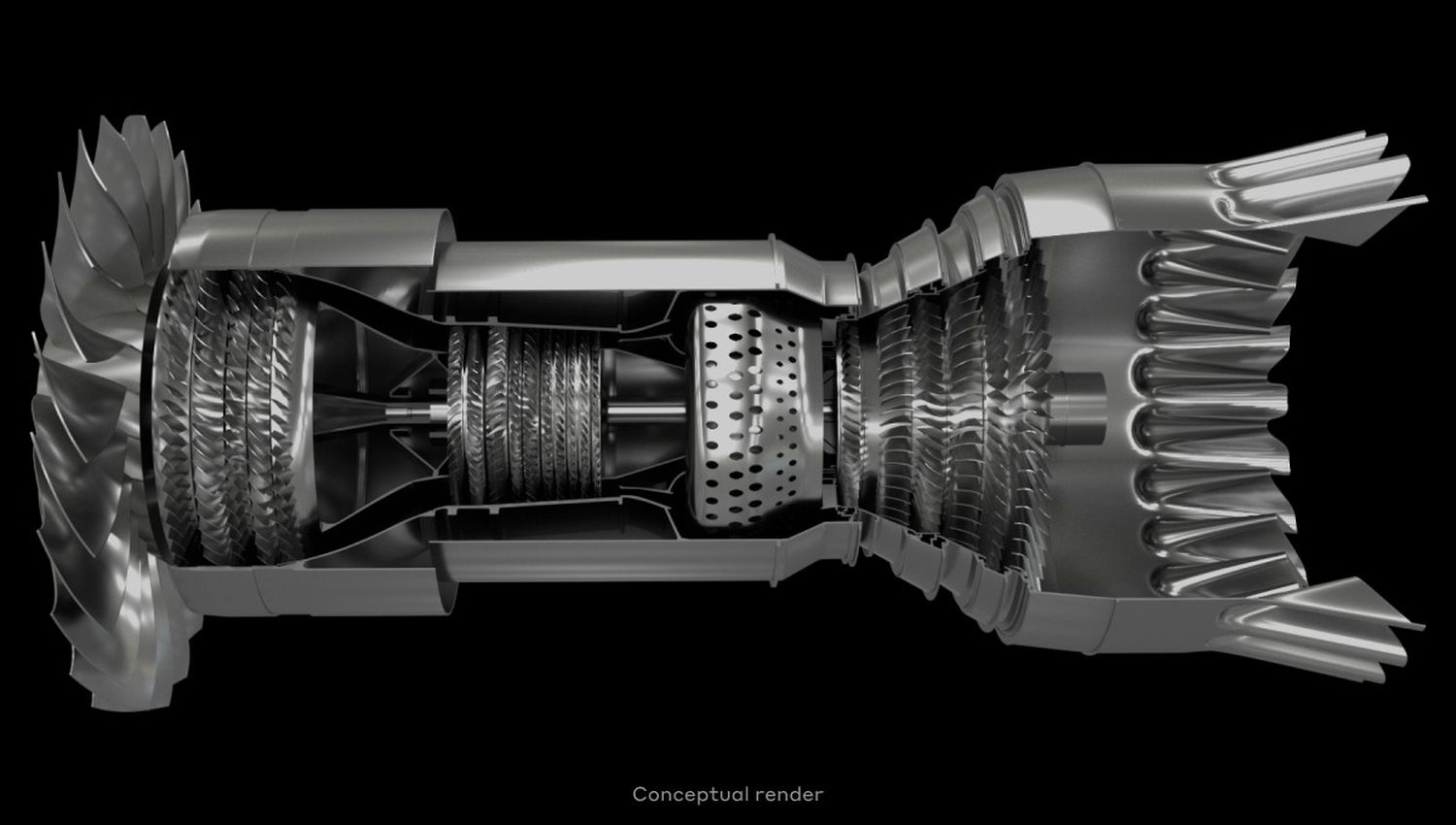Finally, and after much speculation, Boom appears to have secured a brave new partner to commit to creating a supersonic engine for its Overture airliner.
The company confirmed that a consortium consisting of Florida Turbine Technologies, GE Additive and Standard Aero will lead the design, construction and certification of the engine, which will be named Symphony.
FTT, a division of Kratos Defense & Security Solutions, will be the engine design team. The statement issued by Boom indicates that key engineers involved in the development of the engines for the F-22 and F-35 are part of the FTT team.
In the case of GE Additive, Boom indicates that «Symphony will leverage GE Additive’s proven expertise in manufacturing and certifying additive manufacturing engine components, which will enable faster development, reduced weight and improved fuel efficiency.»
Separately, Standard Aero will be involved in the assembly of the engines, while «ensuring that Symphony is designed for ease of maintenance.»
«Boom’s collaboration with StandardAero is intended to provide reliable and economical operations throughout the life of the aircraft,» the release adds.
Features Boom highlights about the Symphony are that it will provide 35,000 pounds of thrust, be 100% SAF compliant, meet FAA Chapter 14 noise abatement requirements and also comply with the U.S. agency’s Part 33 and EASA.
«The FTT team has a decades-long track record of developing innovative, high-performance propulsion solutions,» stated Stacey Rock, President of Florida Turbine Technologies.
«We are proud to team with Boom and its partners at Symphony and look forward to developing the first engine tailored for sustainable, cost-effective supersonic flight,» she added.
«Developing a supersonic engine specifically for Overture offers by far the best value proposition for our customers,» stated Blake Scholl, founder and CEO of Boom Supersonic.
«Through the Symphony program, we can offer our customers an economically and environmentally sustainable supersonic aircraft, a combination that is unattainable with the current limitations of derivative engines and industry standards,» Scholl concluded.
«Symphony will be a bespoke design that will leverage proven technologies and materials to achieve optimal supersonic performance and efficiency,» said the release, which maintains the established timeline and schedules a construction start by 2024 (in a factory that does not yet exist), a rollout by 2026 and a first flight by 2027, with the expectation that it will enter commercial service in 2029.
The number of technical and regulatory challenges is enormous, and Boom has a complex path ahead. It is up to the manufacturer to transform the current skepticism that the industry does not hide into a mistake that several of us would regret. Let us hope.


Comentarios
Para comentar, debés estar registrado
Por favor, iniciá sesión